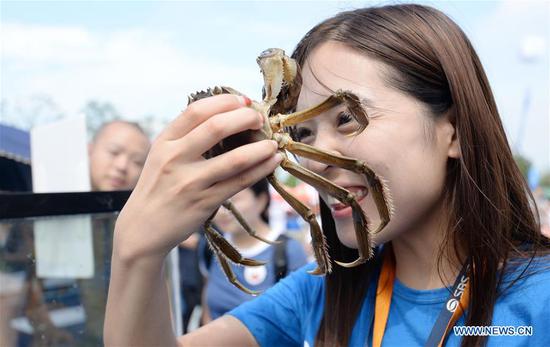Scientists have unlocked the DNA of one of Australia's most destructive invasive species, the cane toad, with hopes that the information will help stop the spread of the insidious amphibians.
For this project, published on Thursday, the University of New South Wales (UNSW)-led team worked at the Ramaciotti Centre for Genomics, a facility which has previously played a role in decoding the genomes of other iconic Australian species, including the koala.
"By using the cutting-edge sequencing technology and expertise available at UNSW, we sequenced 360-odd billion base pairs and assembled one of the best quality amphibian genomes to date," lead author and senior lecturer Dr. Rich Edwards said.
Cane toads were first introduced to Australia in 1935, with the thought they would help control populations of cane beetle threatening crops in the Australian State of Queensland.
Instead the toads proliferated wildly out of control and began a slow spread across the country.
Now it is hoped that by mapping the toad's genome, better efforts can be made to bring the species under control.
"It will help us understand how the toad spreads, how its toxin works, and provide new avenues to try to control its population," cane toad expert Professor Rick Shine from the University of Sydney said.
One method of combating the toads, to which the DNA sequence is crucial, is the manufacturing of a species-specific virus.
Viruses have previously been effective in controlling Australia's invasive European rabbit population, however so far no virus has been presented for the cane toads which won't potentially affect native species of amphibians as well.
"There's a lot more work to be done," project leader and Professor in Microbiology and Molecular Biology at UNSW, Peter White said.
"However, these two papers are the first, but most important steps, in finding an effective way to control the cane toad."


















































